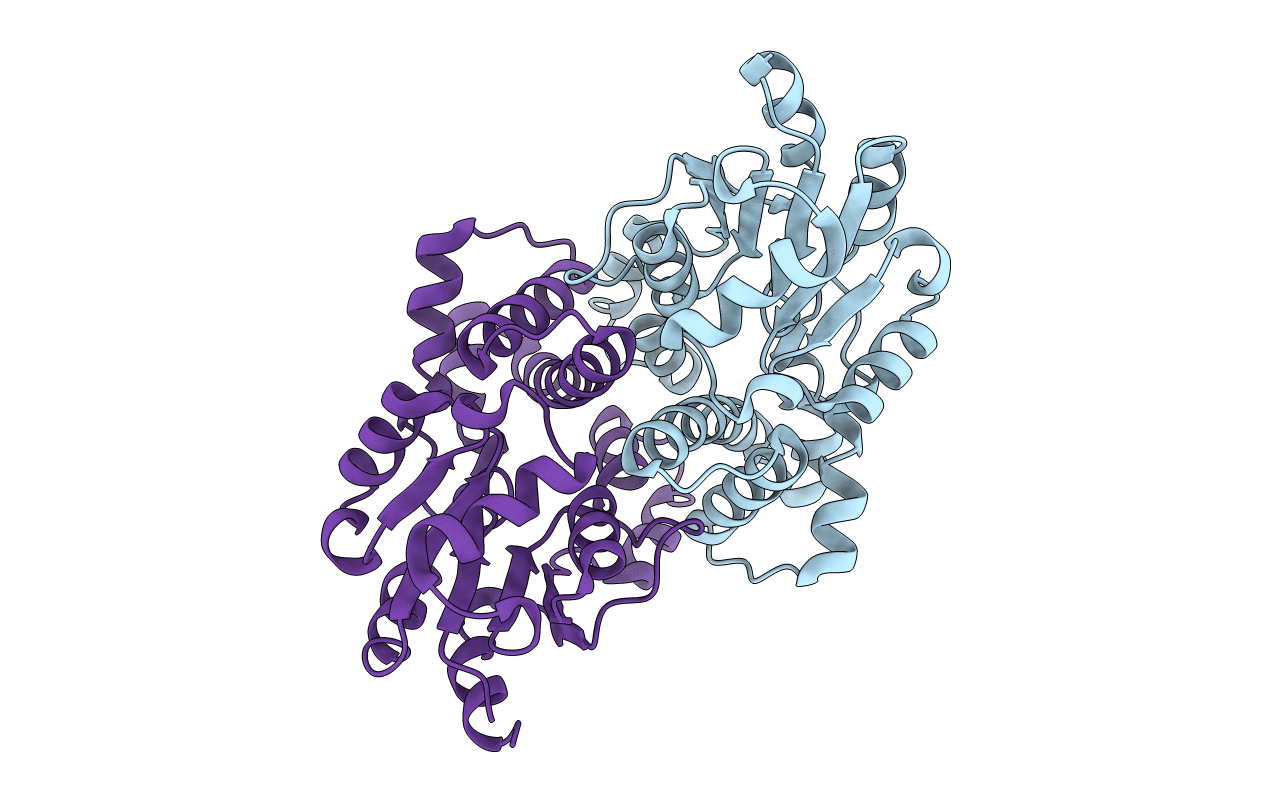
Deposition Date
1999-06-11
Release Date
1999-10-25
Last Version Date
2023-11-15
Entry Detail
PDB ID:
1QQ7
Keywords:
Title:
STRUCTURE OF L-2-HALOACID DEHALOGENASE FROM XANTHOBACTER AUTOTROPHICUS WITH CHLOROPROPIONIC ACID COVALENTLY BOUND
Biological Source:
Source Organism:
Xanthobacter autotrophicus (Taxon ID: 280)
Method Details:
Experimental Method:
Resolution:
1.70 Å
R-Value Free:
0.19
R-Value Work:
0.17
R-Value Observed:
0.17
Space Group:
P 21 21 21


